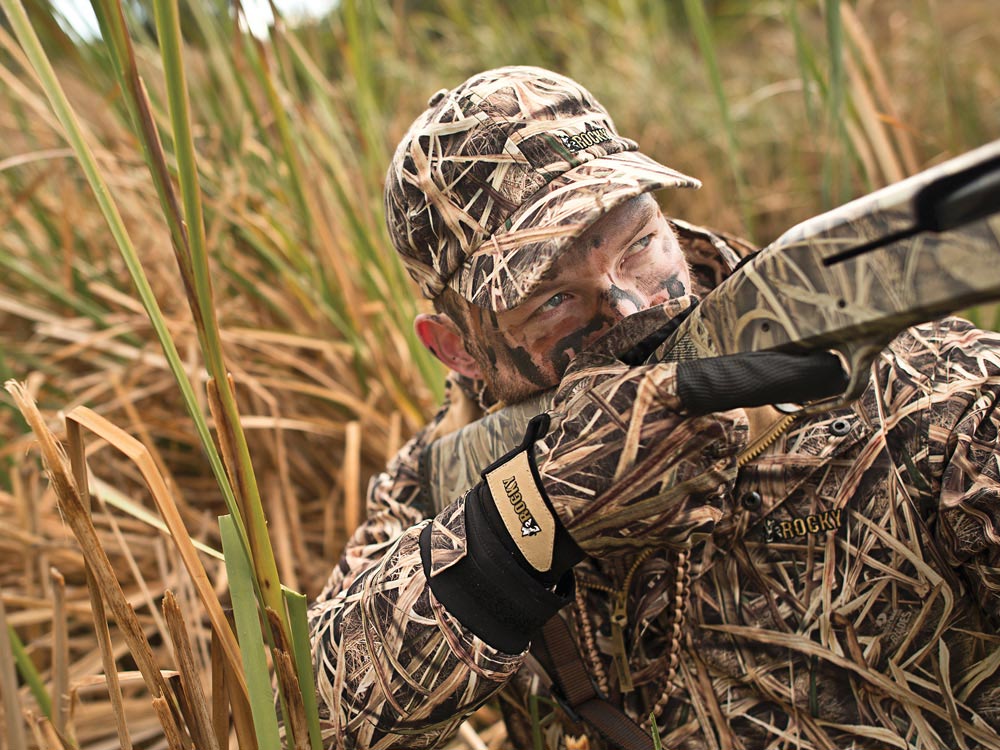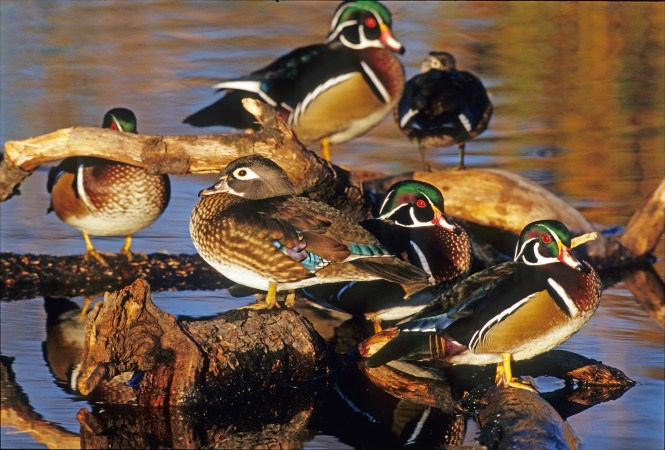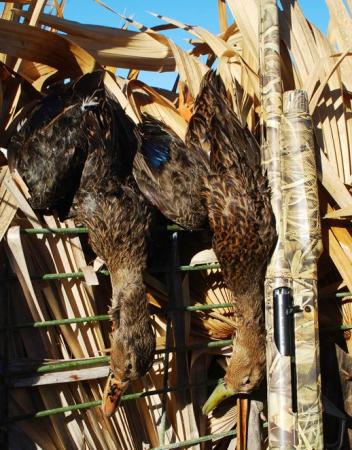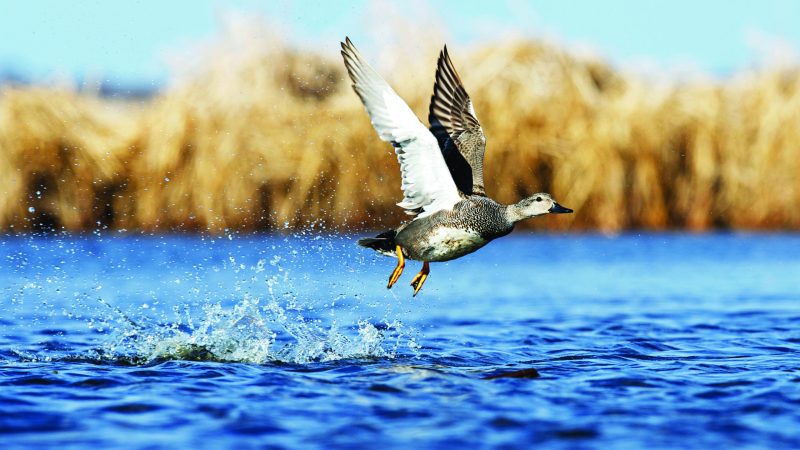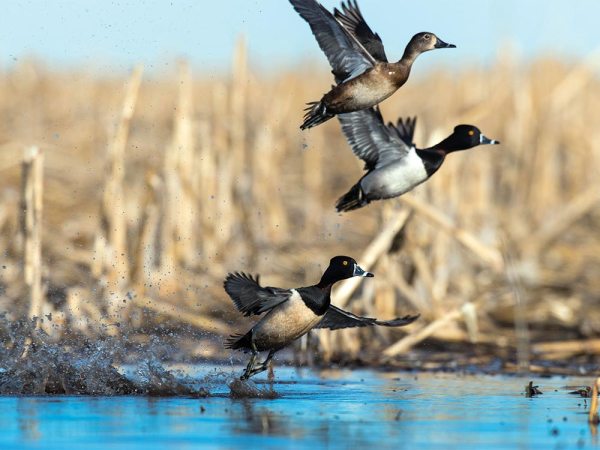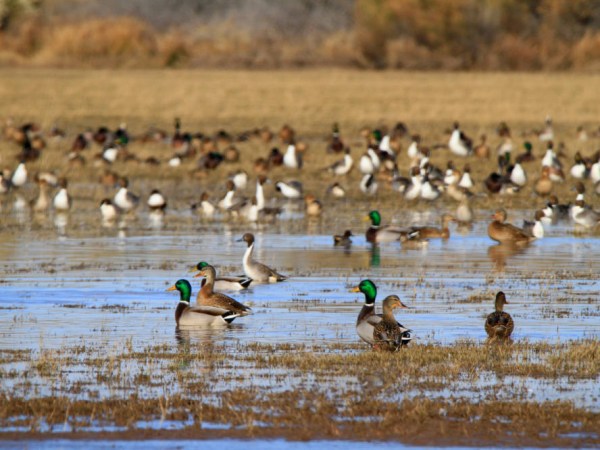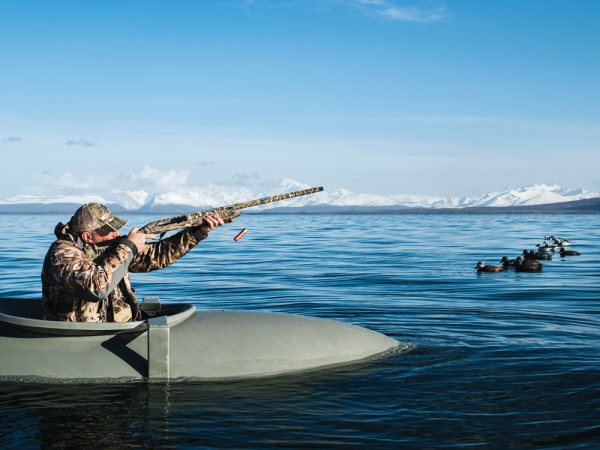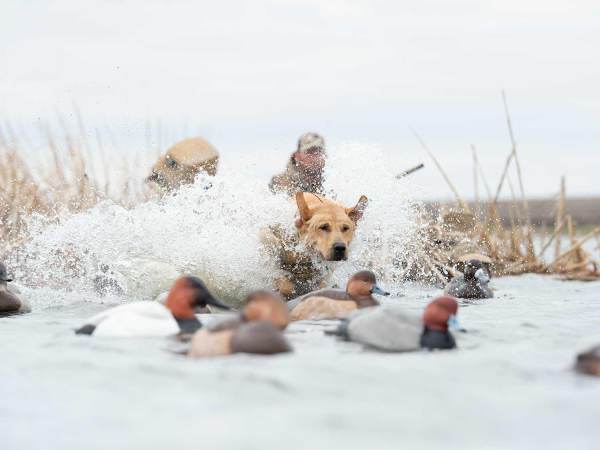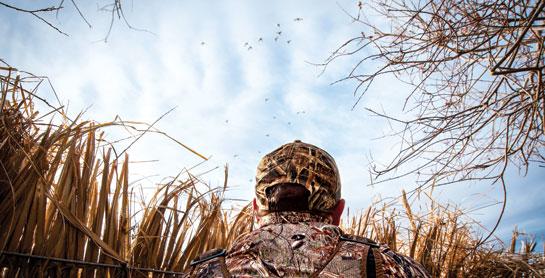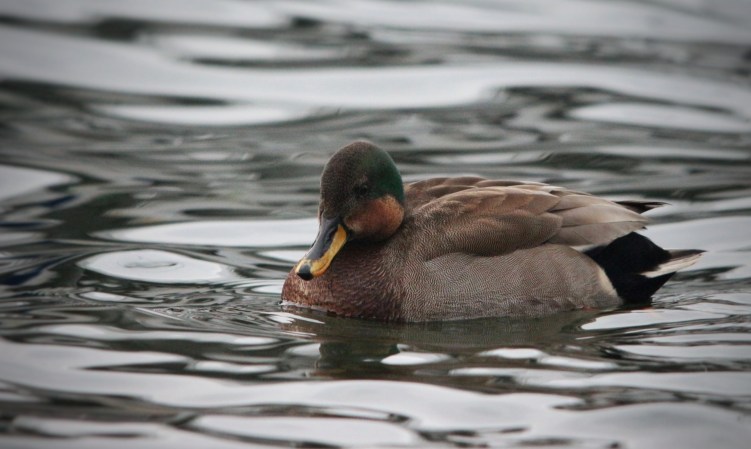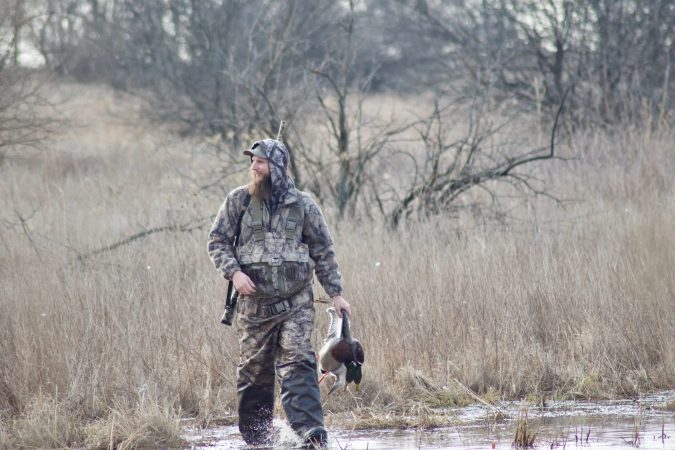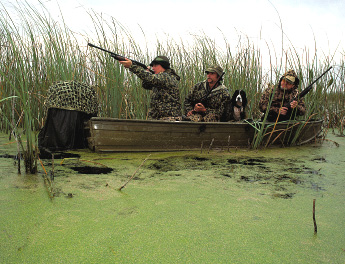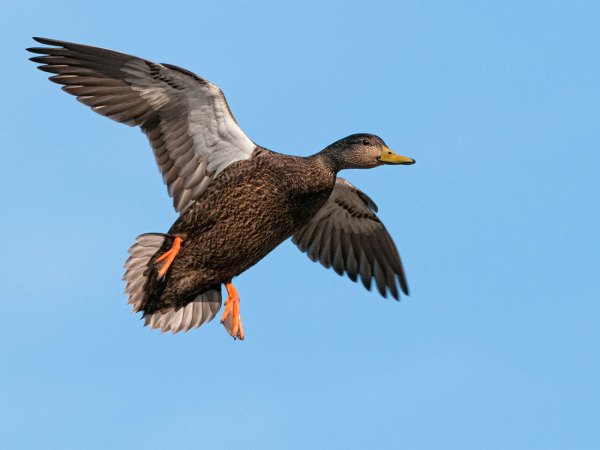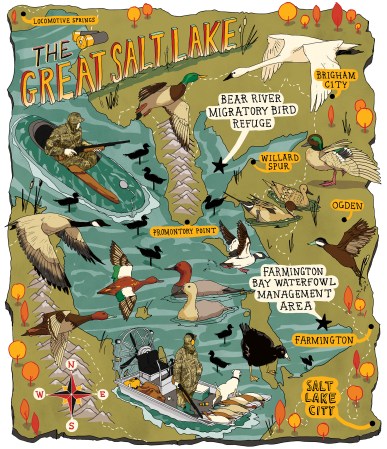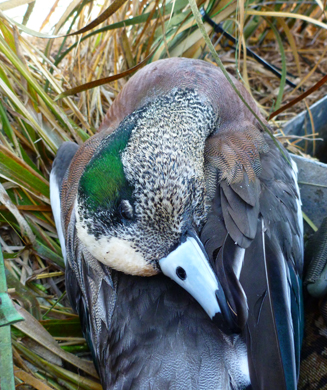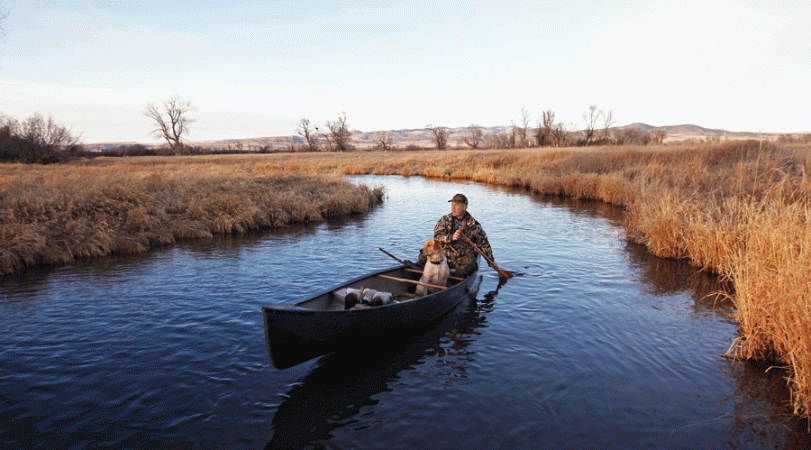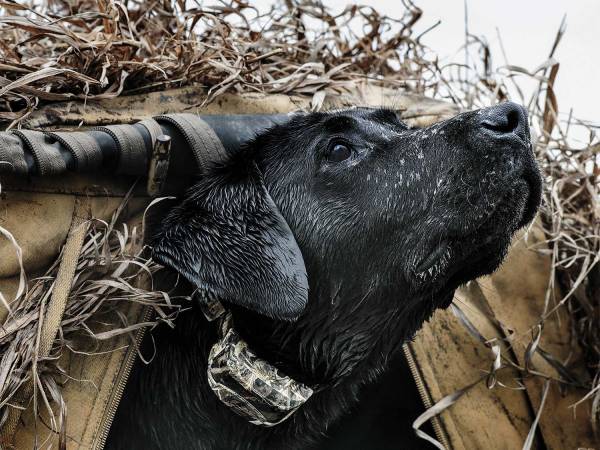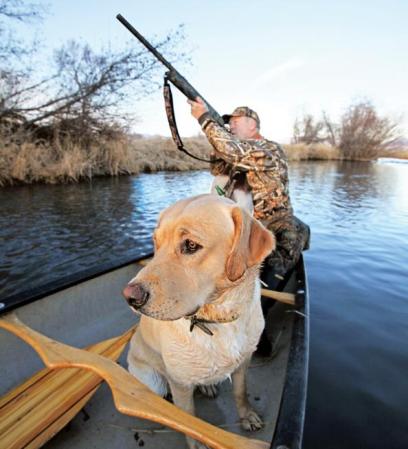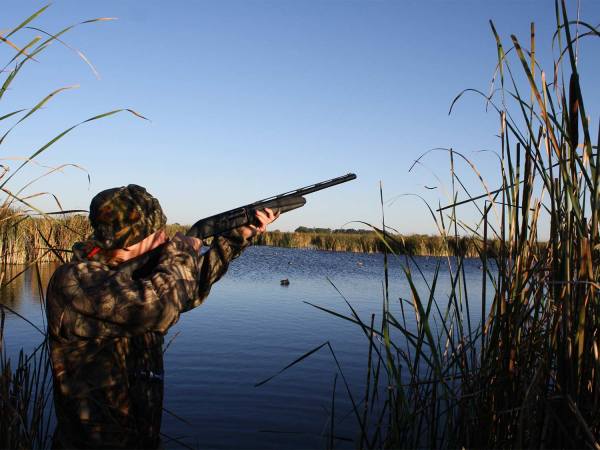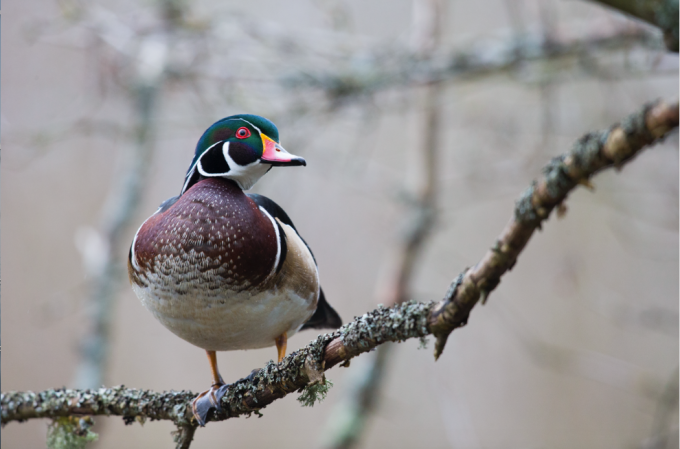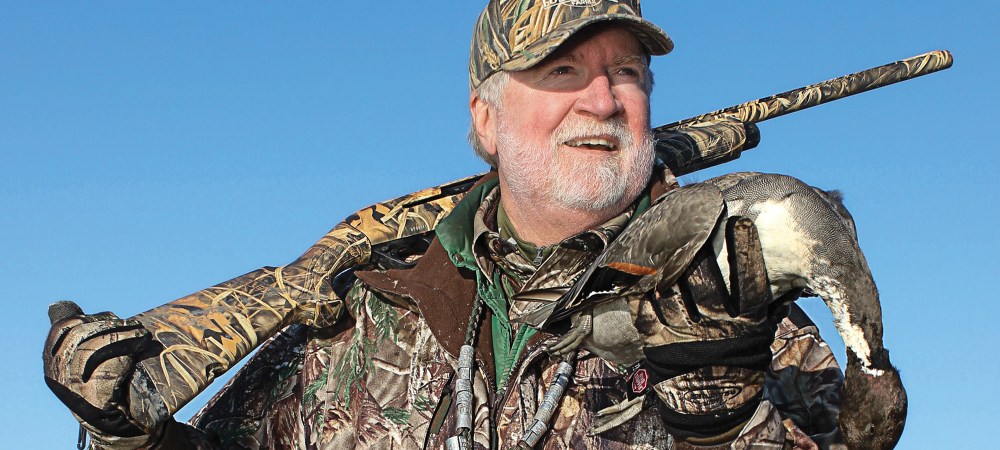Between the action of opening weekend and the cold-weather migration in November, there’s often a doldrums in the duck season. During this week (or two), you can either sit it out and wait for fresh migrators, or you can pull yourself up by the wader straps and scratch out a few birds by jump-shooting. Here’s how to make sure that belly crawling is worthwhile.
Rule 1: Sleep In
Jump-shooting is a midday tactic. It’s poor form to try to jump birds while other hunters are set up with their decoys. Besides, ducks are more likely to be moving in the morning and evening.
Rule 2: Find the Hideout
You’ve got to locate birds that are resting in a spot you can sneak to undetected. For jump-shooters, smaller is usually better. Find out-of-the-way potholes, ditches, beaver ponds, and creeks that see minimal pressure. They’ll be more likely to hold ducks that you can actually put a stalk on.
Rule 3: Glass Carefully
When you do spot ducks, spend time observing them through binos. It’s important to make sure you’re not going to be stalking another hunter’s decoy spread and to see how the ducks are behaving.
Rule 4: Make the Stalk
Use terrain features to hide your approach and play the wind. Ducks like to hang on the lee side of ponds and sloughs. In a strong wind, they’ll take off, get a gust at their back, and cruise to safety. The perfect stalk forces the birds to escape into a stiff headwind, stalling their getaway.
Read Next: Seven Overlooked Places to Shoot Your Limit of Mallards
Rule 5: Shoot One Duck at a Time
Misses while jump-shooting happen because of rushing or flock shooting. Take your time and think “one drake” before you pop up to flush the birds. After the first drake falls—and only after—move on to a second bird.

